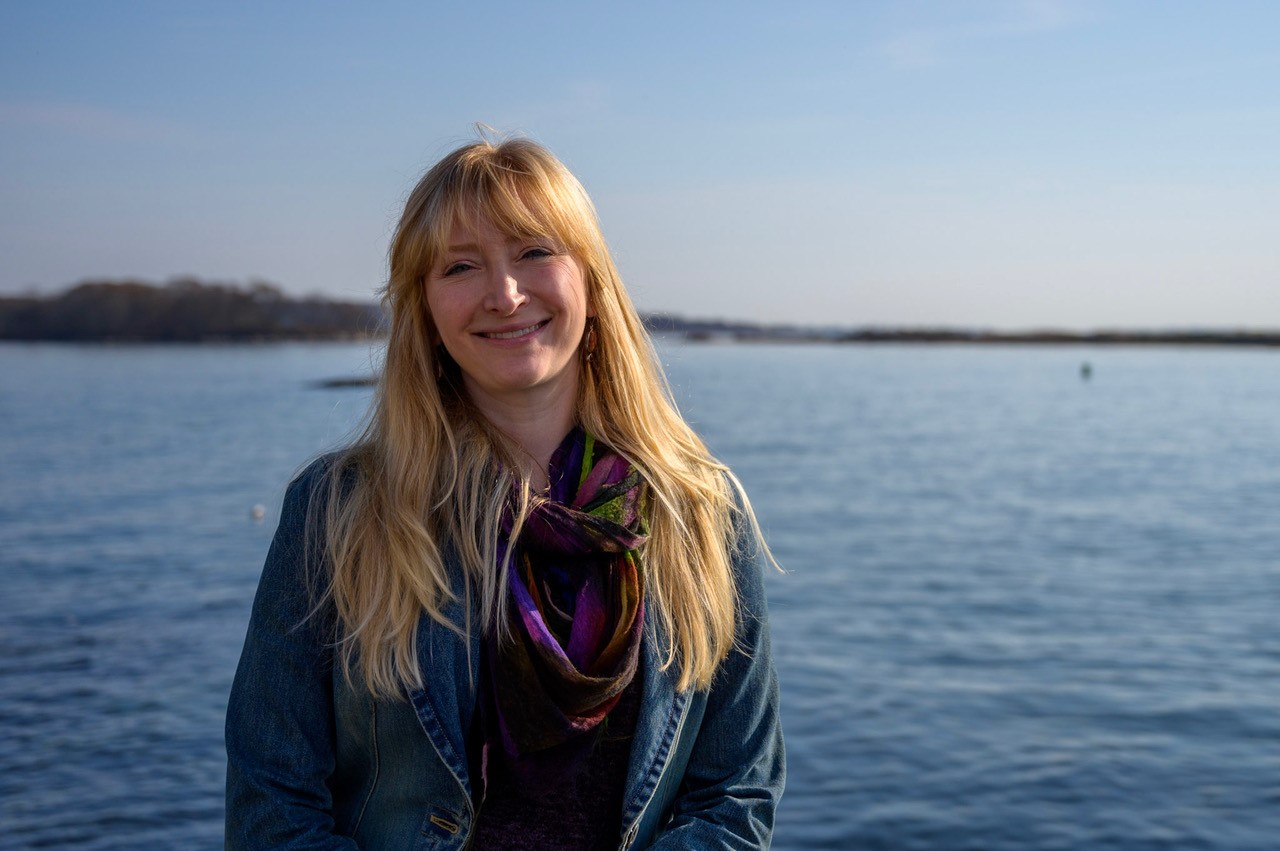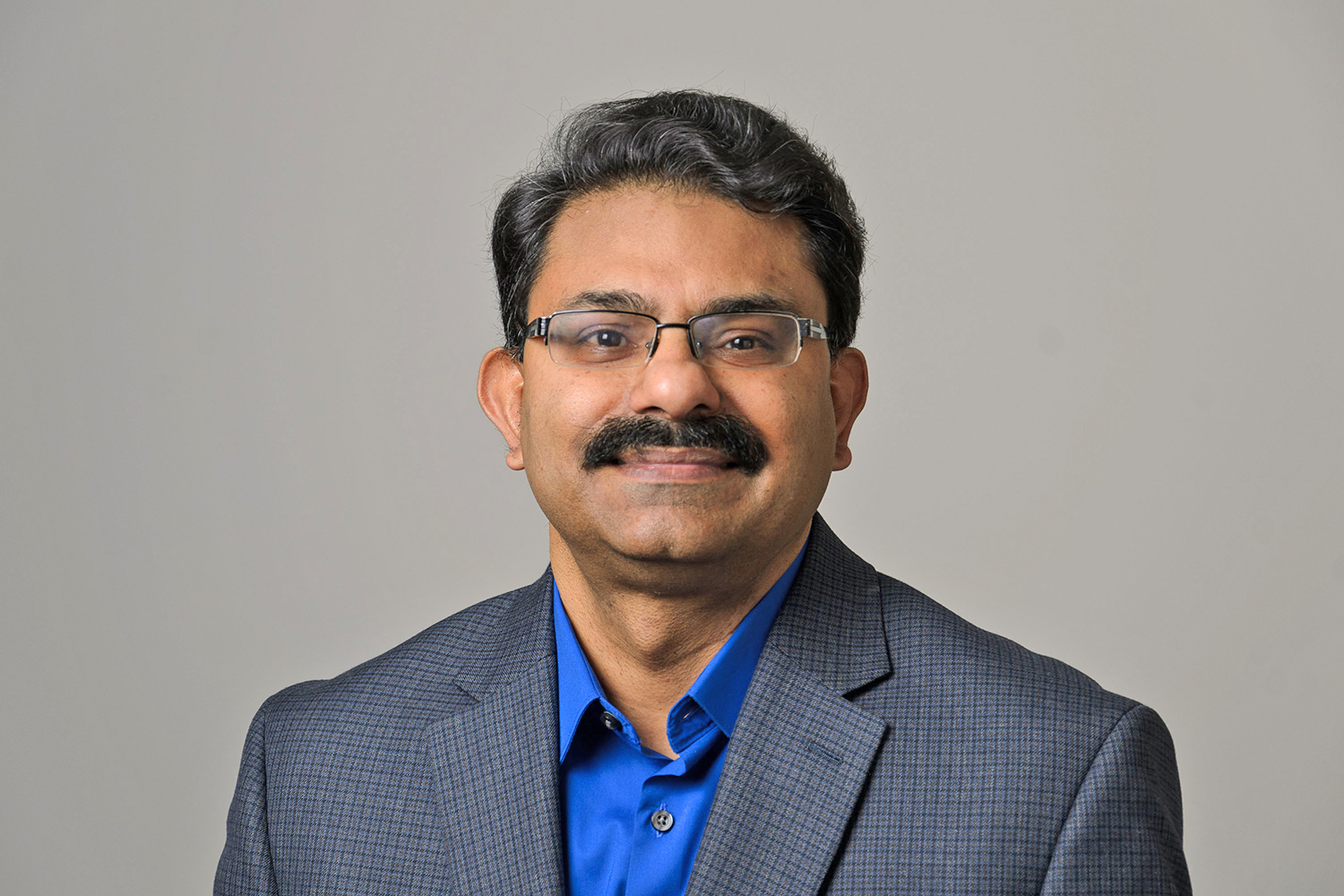When Samantha Siedlecki was a young girl in land-locked Chicago, she would go on family vacations to the beach, excursions that gave her a chance to play in the waves, build sandcastles, watch crabs, and fall in love with the ocean.
In high school, Siedlecki worked as a volunteer at the Shedd Aquarium in Chicago. As her fascination with the ocean grew, she began looking into college programs in marine sciences.
“I was always fascinated by what was going on in the ocean,” says Siedlecki, who received her bachelor’s degree in marine sciences with a concentration in marine geology from Eckerd College and her Ph.D. from the University of Chicago.
“In grad school I mostly focused on theoretical questions, but real-world applications of my questions required less-idealized approaches,” Siedlecki says. “I wanted to learn about more realistic simulations in my post-doc work.”
Now an assistant professor of marine sciences at the University of Connecticut, Siedlecki spearheads research on coastal environments. She recently received a grant from the National Oceanic and Atmospheric Administration (NOAA) to develop a regional model of ocean acidification for the East Coast.
The ocean has been becoming increasingly acidic since the industrial revolution began releasing unprecedented amounts of fossil fuel emissions into the air about two centuries ago. As the ocean absorbs increasing amounts of CO2, naturally occurring carbonate ion concentrations decrease. These ions are used to build calcium carbonate shells and coral structures. Organisms like oysters and scallops secrete calcium carbonate shells, but this phenomena affects millions of organisms that rely on these ecological building blocks.
Ocean acidification affects organisms in other physiological ways too. For example, fish become unable to detect predators as well in acidic environments, says Siedlecki.
Her research examines how coastal waters may be feeling this impact even more than other parts of the ocean since they are affected by additional factors like rainfall, nutrient run off, water column metabolism, and sediment interactions.
The global models scientists are currently using to study ocean acidification cannot simulate these local processes since regional biogeochemical factors exacerbate global changes, she says.
Models exist for studying coastal environments, but so far they haven’t been applied to these questions.
Siedlecki’s project will evaluate whether a regionally downscaled projection for the East Coast can be used to evaluate the ability of existing models to accurately detect changes in ocean acidification as it relates to scallops, which need carbonate to build their protective shells. The findings will enable Siedlecki to develop a strategy for observational network improvement to empower the shellfish industry to observe ocean changes as needed.
East Coast, West Coast
Before coming to UConn in 2017, Siedlecki worked on a project through the University of Washington addressing hypoxia, an oxygen deficiency in a biotic environment like the ocean. In hypoxic hot spots, ocean creatures are stressed, and if they can’t move away from these stressors, they can’t survive.
To address this problem, Siedlecki created forecasts for hypoxia, something fishers and other aquaculture farmers can use as an important tool to plan their activity.
“Stakeholders want to know whether or not we could provide forecasts for low oxygen for crabs so that we could warn them about putting crab pots in certain locations likely to experience lower oxygen,” Siedlecki says. “They want to know the likelihood of pulling up a pot full of dead crabs—and that’s something no one wants to do.”
Siedlecki says she has received positive feedback from the stakeholders who use her models every day.
“We know people are using it. We’ve gotten good responses over email and when we’ve presented at conferences,” Siedlecki says. “With any new tool it takes some time to figure out exactly how you’re going to use it. But we know that people are using it.”
With her relocation to UConn, Siedlecki is looking for new ways to apply the tools she developed in Washington to New England’s coastal environments.
“I want to continue to work on prediction in the east and west coast systems and expand the tool,” Siedlecki says.
Predicting the Future
In addition to the NOAA grant, Siedlecki was also recently funded for a project to project ocean conditions out to 2100.
“We want to see what happens to the biogeochemistry in combination with the temperature changes to have a better idea of how ocean health is projected to change in this ecosystem,” Siedlecki says.
Through another project, Siedlecki is working with tribal communities on the Pacific Coast to create climate projections for the area. The project seeks to help coastal tribal communities understand how the species which are so important to their culture might be affected by changes to the ocean ecosystem.
The team for this project includes Jan Newton, an applied physicist at the University of Washington, and Melissa Poe, a social scientist at NOAA who offers the necessary background to enable the group to work effectively with the tribal communities.
“We’re addressing the impact beyond the dollar signs,” Siedlecki says. “We try to assess the impact on human life beyond the scope of what we are trained to do as oceanographers.”



